WHAT WE DO
The open collective LU’UM consists of architects, urban practitioners and artists. Our practice is focused on designing, building, researching and curating spaces of encounter to find ways of how transdisciplinary perspectives can affect the way we perceive, engage and interact with the space that surrounds us. Their approach is characterized by an open, process-oriented way of working centered around learning from one another.
Since the collective was established in 2019 in Hamburg, we have been collaborating with internationally oriented artists and collectives as well as working with local authorities in community engaged projects on the urban scale. Our activities manifest themselves through temporary architecture, urban research, workshops, performative exhibitions and talk formats
MEET THE TEAM
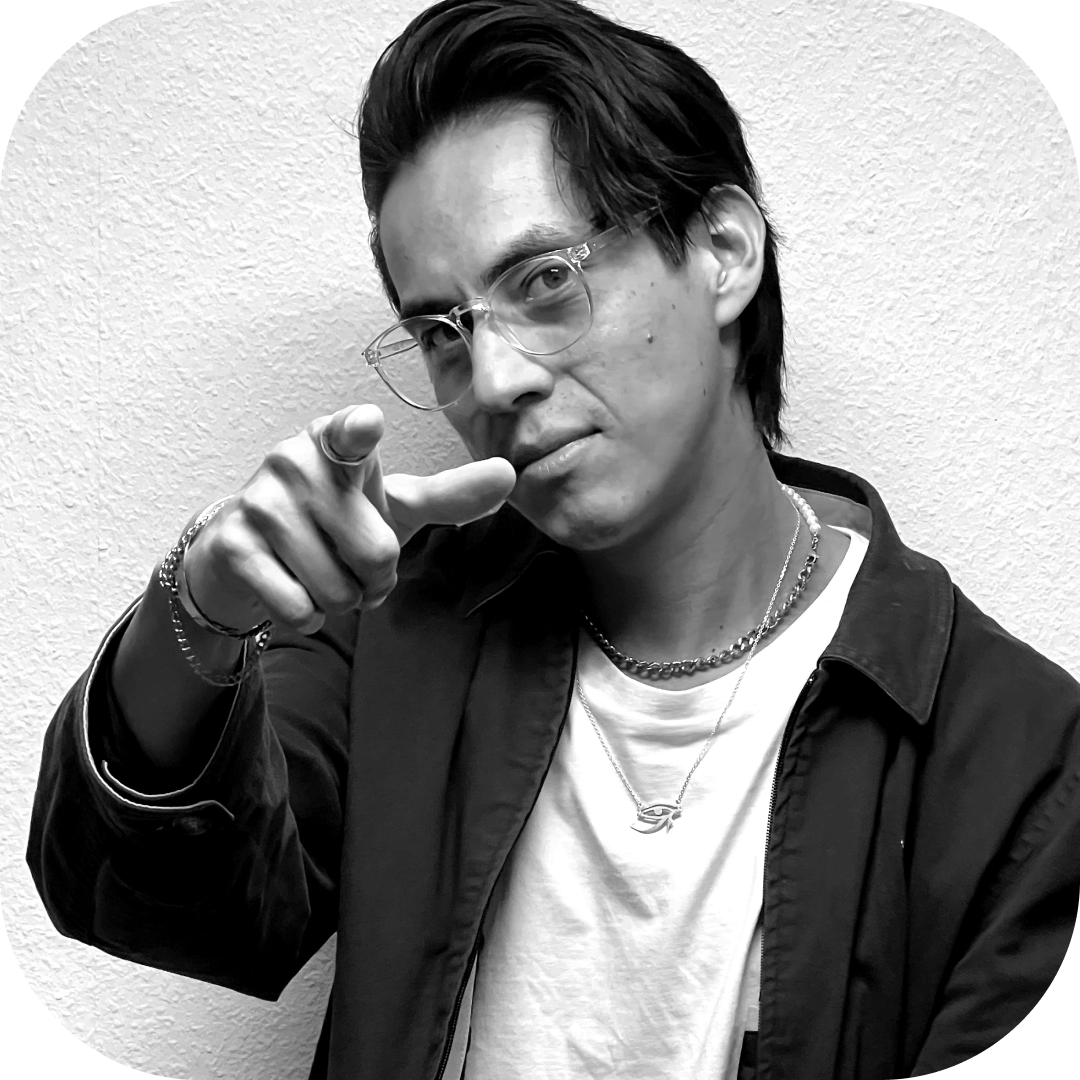
ALBERTO KANIN (1988, MEX)
His practice develops "social space" and the different elements that make up a narrative from a visual, auditory and spatial perspective (psycho-geographic media). Transforming Great Stories. He offers contemporary storytelling that not only understands the the possibilities of the digital/virtual world, but also perceives the importance of the physical and “IRL” experience.

ALI HAJI (1989, Teheran, IR)
His practice is situated at the intersection of architecture, urban development and art. In his projects he deals with the "real world" and includes the socio-political context as a crucial element in the processes. Instead of creating visions of possible spaces, he goes into existing spaces and intervenes. By interacting with the actual users and actors of the space, he often penetrates other disciplines and fields and initiate collaborations as a starting point to find new approaches to spatial production. His work manifests itself in the form of temporary architectures, exhibitions, discursive and performative formats, and interventions in public space.
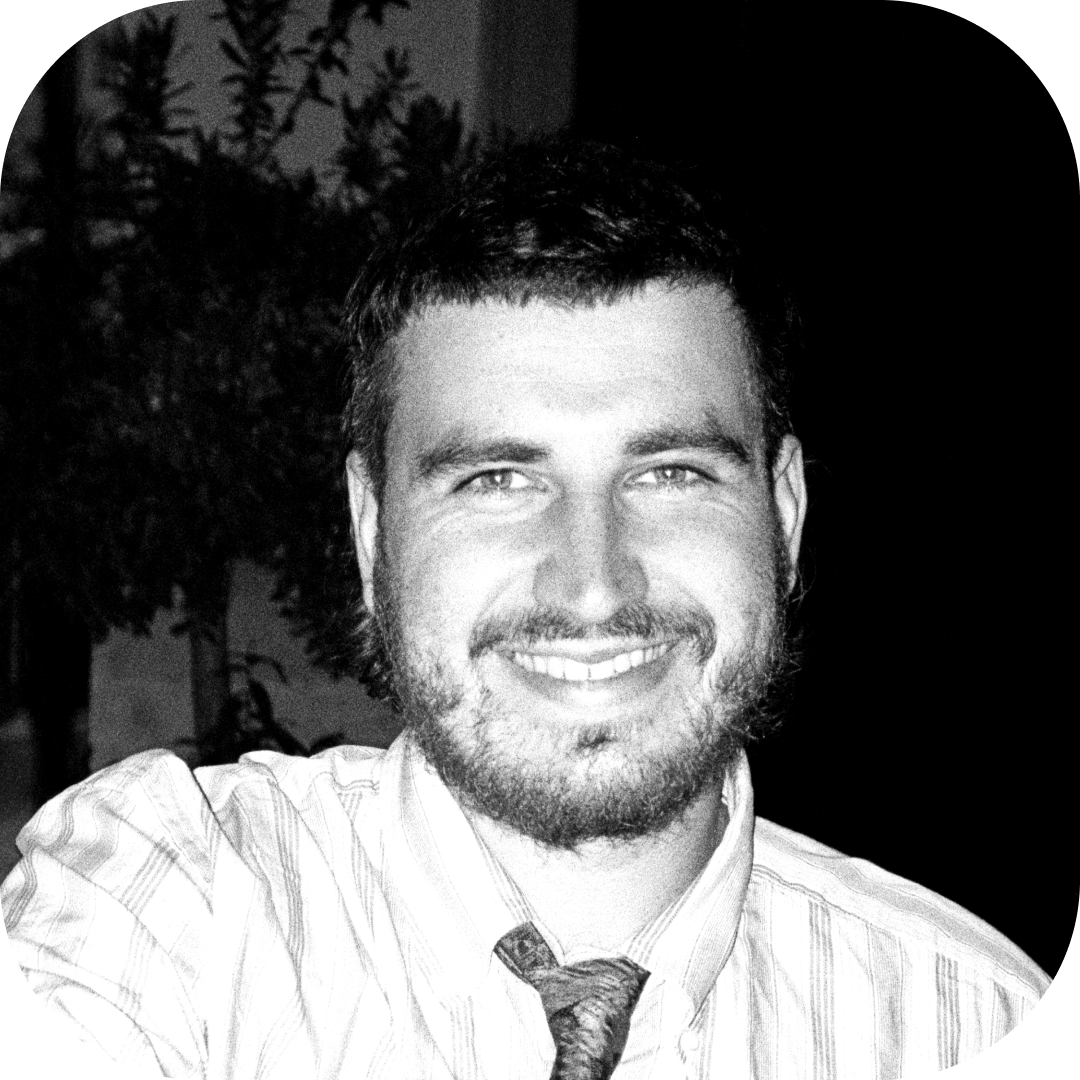
BRUNO KOELTZSCH (1996, Erfurt, GER)
His practice is to make common spaces accessible and enjoyable for everyone - by studying and interacting with diverse groups of citizens to understand their needs and then work with those is his goal. Direct involvement in the field is essential for his work. He believes Germany is far behind to redesign our cities by prioritizing human scale, moving away from the dominance of private cars in public spaces. For urban spaces to be liveable, they must be pedestrian and bike friendly. Researching and educating others about the use of space to create healthier, more vibrant communities is his belief.
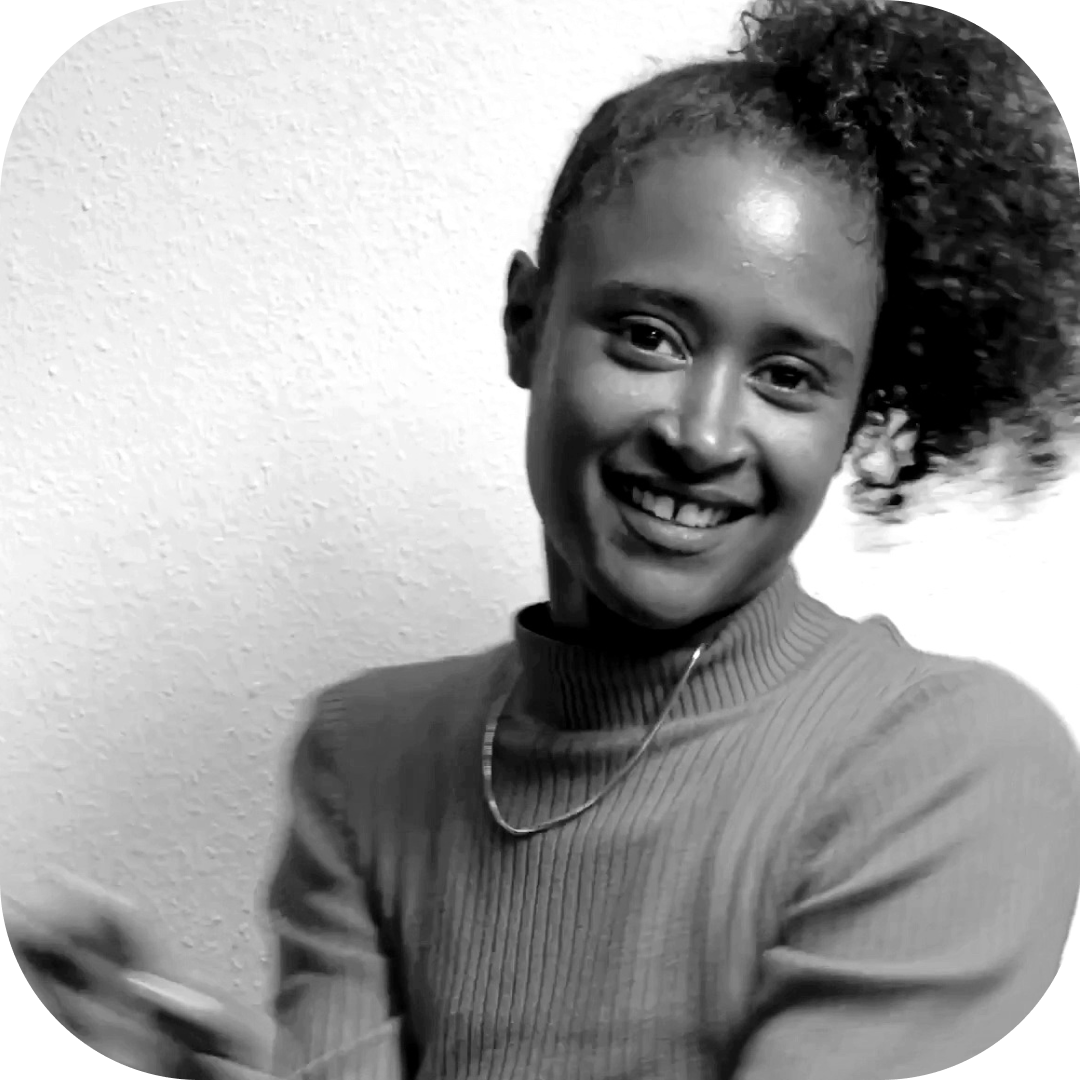
DEBORAH FORTES (1987, Dortmund, GER)
Her practice is situated at the intersection of product design, architecture and scenography. She intends to work with an ethical design practice that includes an enviromental conscious handling of resources and is based on functionality and the actual needs of individuals and communities instead of feeding an abundant economic growth machine. One perticular interest of her is to develop concepts to realize inter-generational and inclusive playgrounds as a space for encounters.
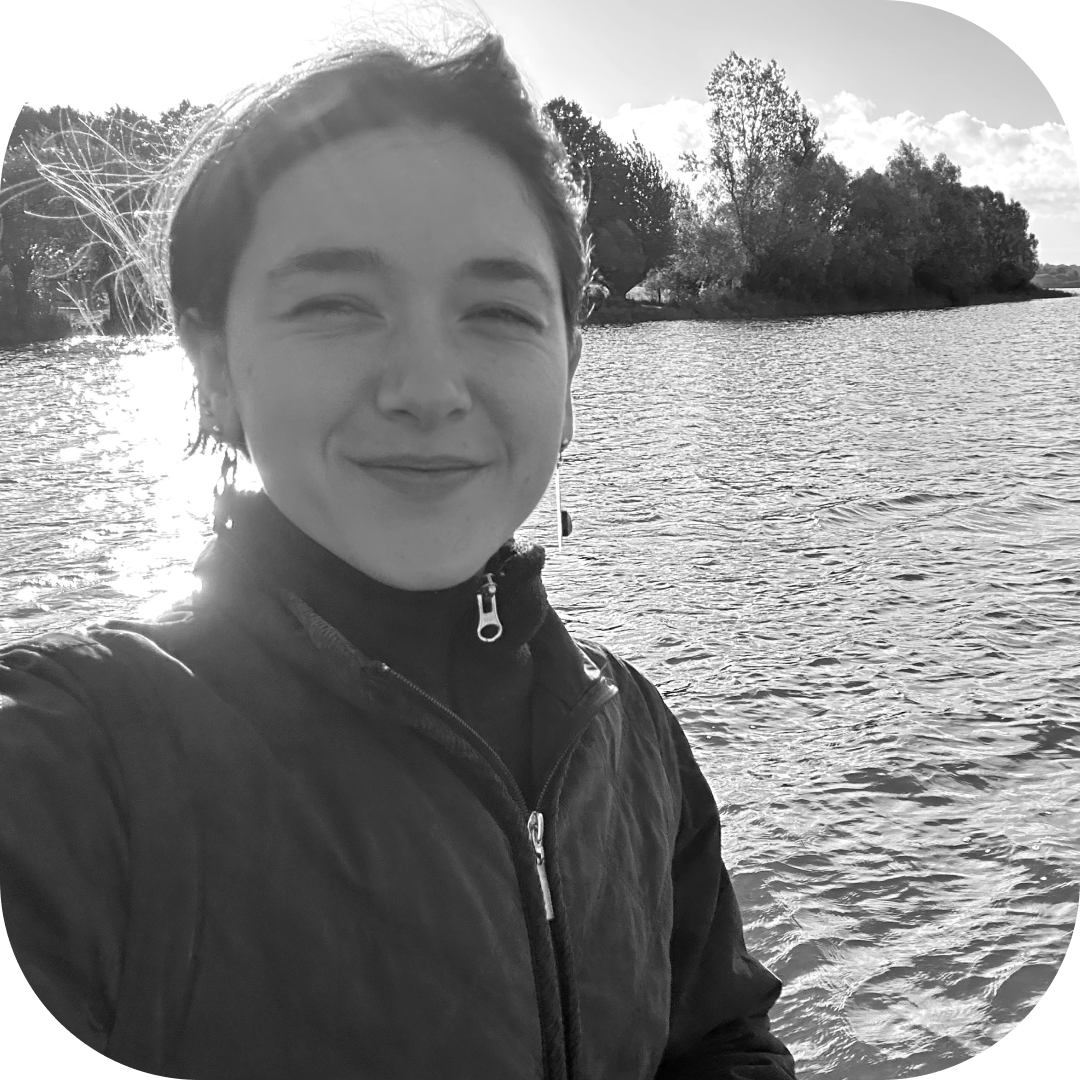
HASIBE KILCI (1997, Hamburg, GER)
Hasibe is studying Architecture (B. Sc.) in Hafen-City University. Her special interests are commons and its potentials as a (re)productive system of the constitution from space. She likes creating spaces through actions, architectural design and other experimental formats of encounters. Therefor she works with multifunctional, modular systems, that can be adapted to changing human needs. She is always searching for the hidden or the invisible.

LAURA ZADRA (1991, IT)
Her practice is centered on architecture and urban planning, with a focus on understanding the societal and community dynamics that shape these fields. She engages in various activities, including architectural and urban development projects, as well as public and temporary interventions. She believes that corners, gaps, and existing structures are vital components of our urban environment. Our interactions with these spaces continually reshape the city. Her approach involves observing, analyzing, and understanding urban spaces to evaluate their use and potential within the community. The aim is to uncover and enhance this potential, helping individuals connect more meaningfully with these areas and ultimately reintegrating them into the community.
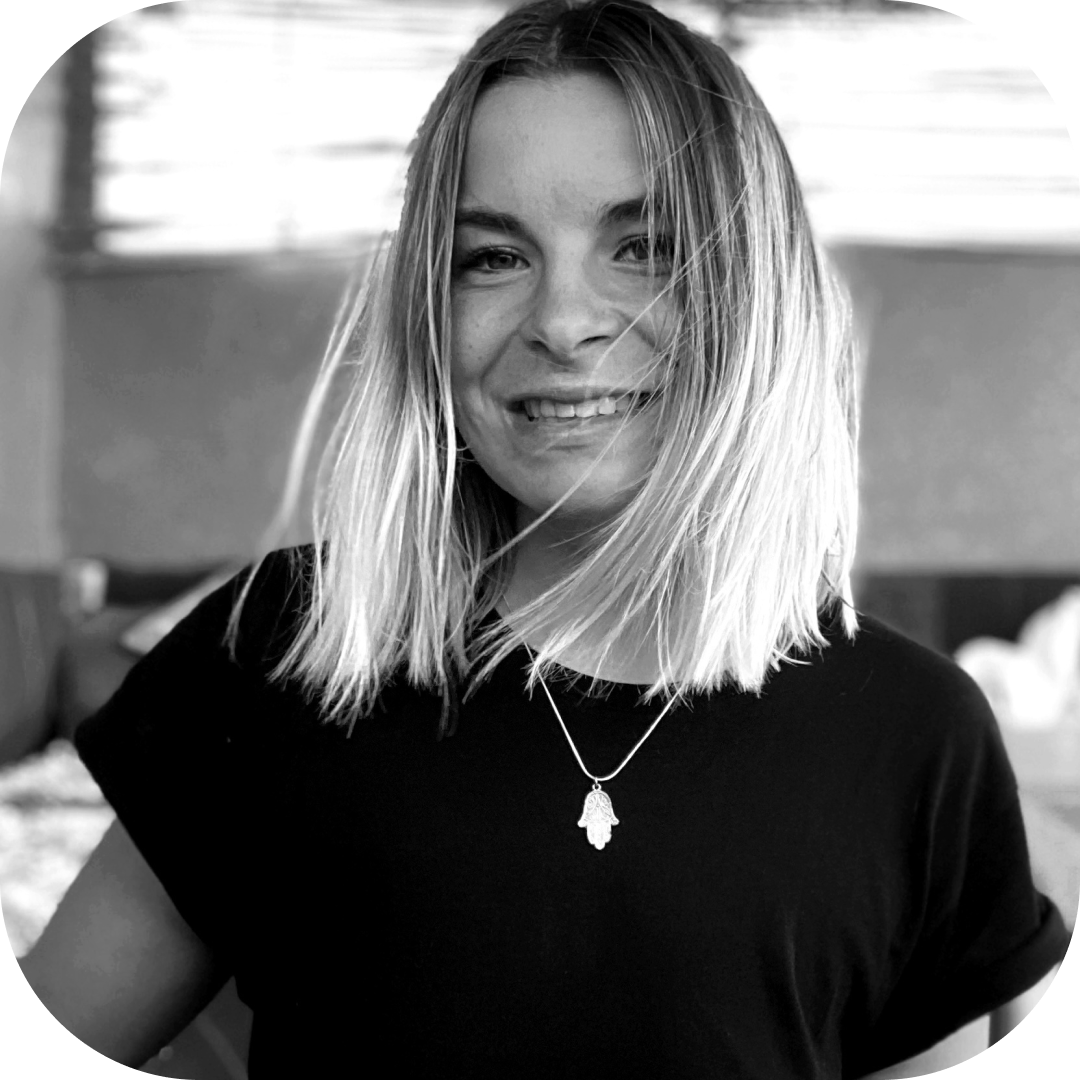
LISA ALTEKRÜGER (1990, Plauen, GER)
Her practice is between technology, design and art. She enjoys photography, social-political topics and is passionate about building furniture. Her appeal to projects is very practical. Although she is not a specialist in arcitecture or urban design, she is enthusiastic about her work in the collective and takes care of the online presence of LU'UM.
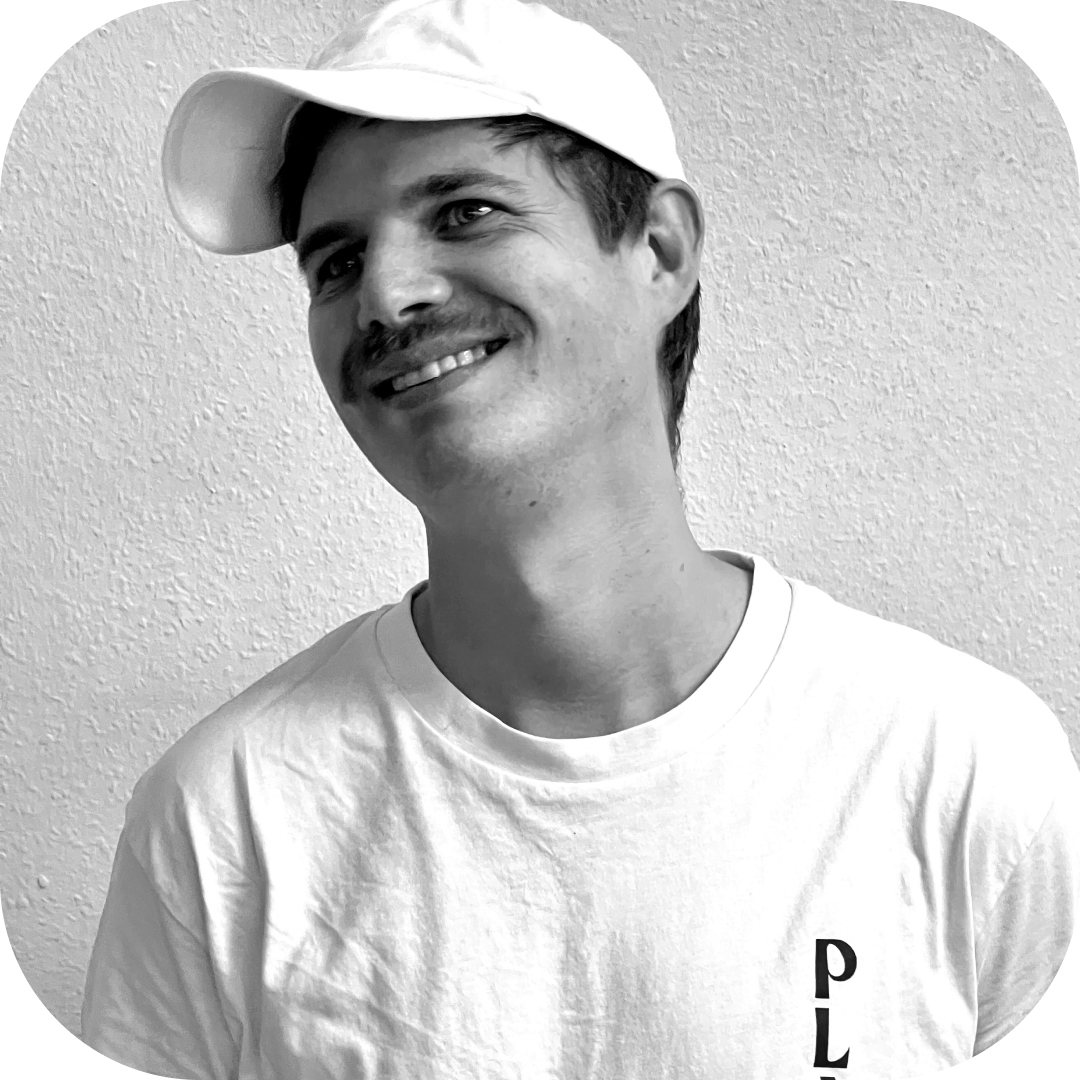
LUCAS BARTHOLL (1991, Henstedt-Ulzburg, GER)
His practice as an urban practitioner shifts around the fields of arts, culture, experimental urban design and education. In his work he combines urbanist and cultural knowledge and a curatorial practice with ethnographic methods, critical urban research and experimental artistic approaches. He believes that the mediating act of giving away authorship in terms of changing the role in how a space is constituted can be considered to be a spatial practice in itself. By observing, perceiving, listening and engaging with human and non-human actors, a new sense of co-constituting space takes shape.
His practice as an urban practitioner shifts around the fields of arts, culture, experimental urban design and education. In his work he combines urbanist and cultural knowledge and a curatorial practice with ethnographic methods, critical urban research and experimental artistic approaches. He believes that the mediating act of giving away authorship in terms of changing the role in how a space is constituted can be considered to be a spatial practice in itself. By observing, perceiving, listening and engaging with human and non-human actors, a new sense of co-constituting space takes shape.

MARGAUX FLICK (1997, Hamburg, GER)
Her practice focuses on the social dimensions of urban space. She is interested in human interaction as well as behavior and the spatiality that results from or shapes these social encounters. She is not driven by an outcome or the end product but by the process and the practices that constitute our work. She is particularly interested in emancipatory practices and structures of commoning. Her skills range from land use planning and knowledge transfer to social skills and a passion for visual design.
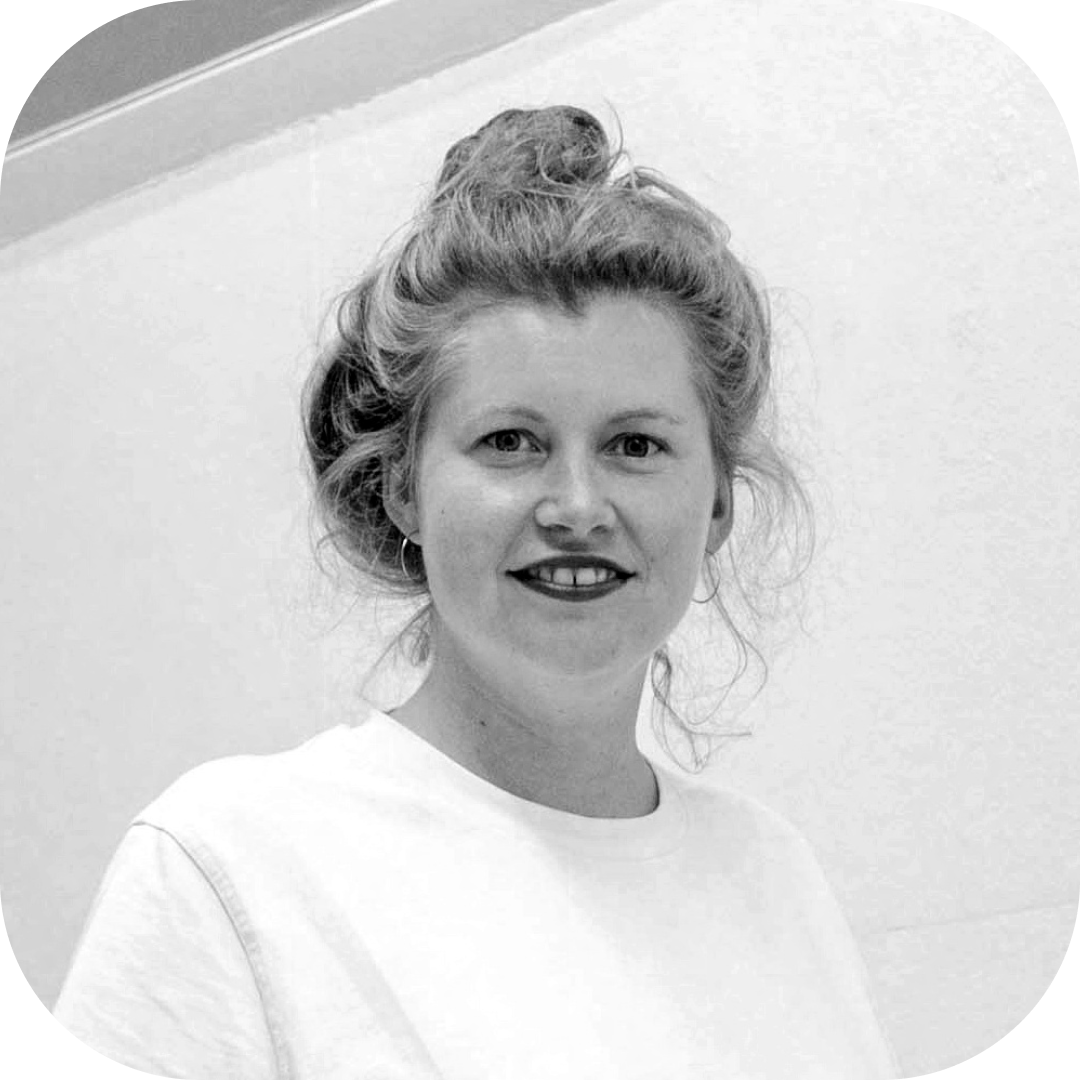
MARION ONNEBRINK (1987, Haltern, GER)
Her practice is located at the interface between landscape architecture, sociology, art and design.
It is important to her that woreveryone works together to make our cities more liveable while always keeping climate adaptation in mind. Furthermore she wants a better understanding of all the realities of life to integrate them into the processes. To do so, she likes to uses alternative formats that bring different people and living beings together to listen to and learn from each other.
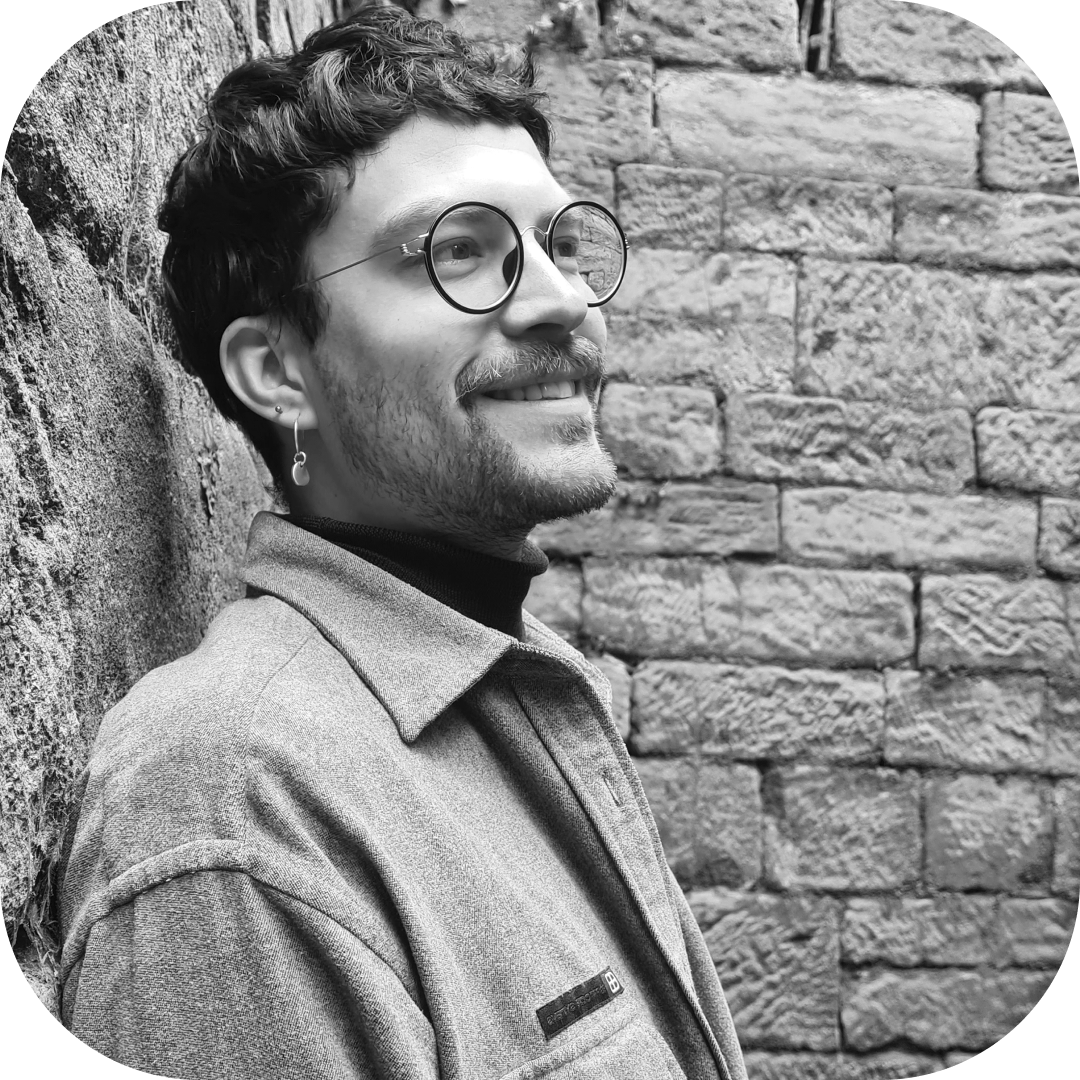
MATTHES KRUMBE (1992, Cologne, GER)
"Bringing together" drives his work. Combining, layering, attaching. From materials till spaces. Accepting complexity: pluralism makes the world. We should give it space to evolve. Searching balance between guidance and liberty, movement and stability. Giving things a push or let it solve it self out. Constant switch between rough drafting and finetuning. In constant exchange with each other. Making low-threshold spaces for everyone, places of unexpected encounters and productive interaction.

MAUD VAN DEN BEUKEN (1993, Venlo, NL)
Maud characterizes her artistic practice as an adventurer and fieldworker by an investigative attitude in which she measures, scans and maps the landscape on a 1:1 scale. Over the past six years, she has been specifically studying rivers and their water management. Her work has been exhibited internationally at a.o. EENWERK Gallery in Amsterdam (NL), United Nations Water Conference 2023 in New York (US), Museum Boijmans van Beuningen in Rotterdam (NL), Jan van Eyck in Maastricht (NL), EIGHT/ΤΟ ΟΧΤΩ in Athens (GR) and the Special Collections department of Utrecht University Library (NL).
we create spaces
LU’UM OPEN COLLECTIVE HAMBURG, DE
LU’UM OPEN COLLECTIVE HAMBURG, DE